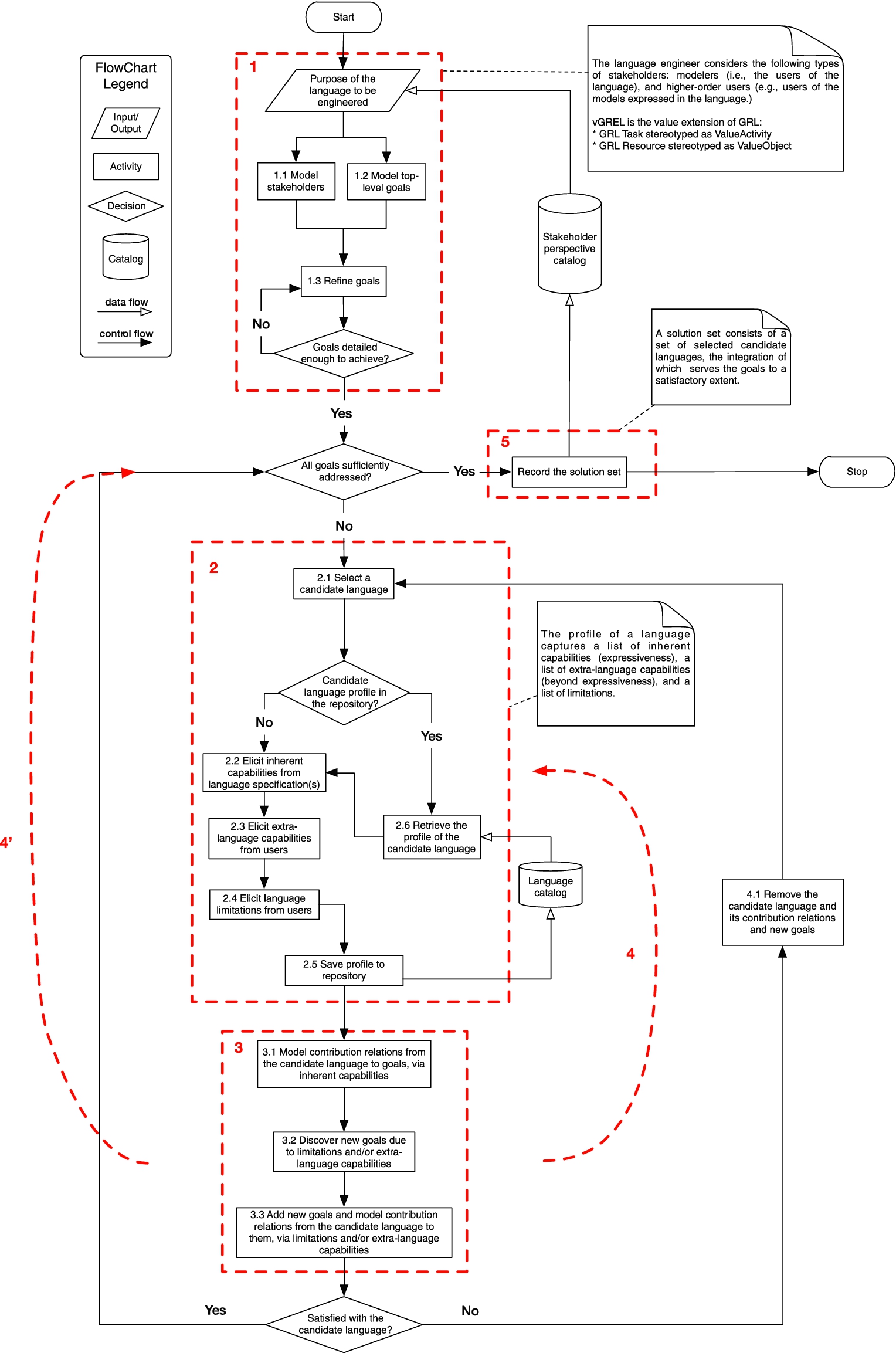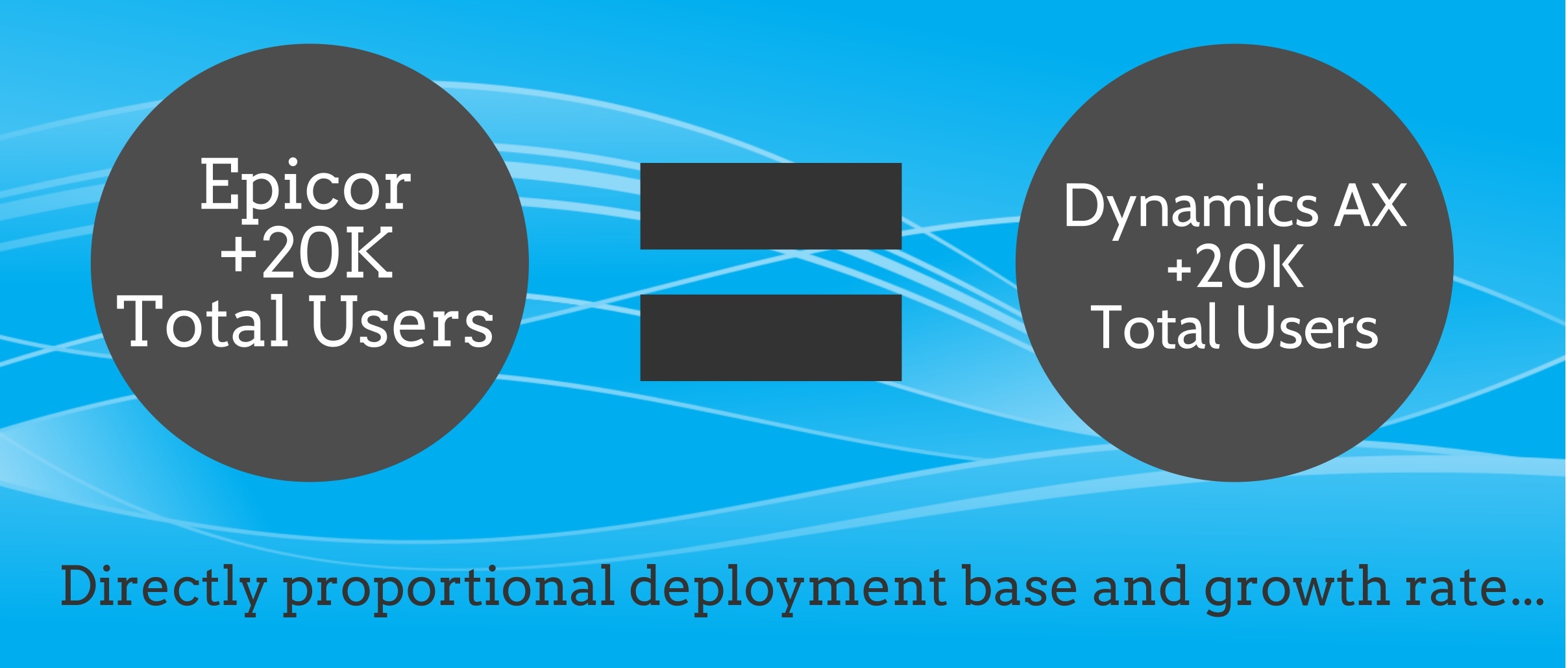
- PROCESS VERSION DOES NOT MATCH LRTIMELAPSE HOW TO
- PROCESS VERSION DOES NOT MATCH LRTIMELAPSE ZIP FILE
- PROCESS VERSION DOES NOT MATCH LRTIMELAPSE DOWNLOAD
You might have backups of your RAW files, but without a backup of your Lightroom catalog they’ll be just that: RAW images with no editing applied. Why is it important to back up your catalog? Because it contains a record of every edit you’ve made to your images. But it gives you a few extra features the standard backup tool doesn’t provide.

LR Backup does exactly what it says it does – back up your Lightroom catalog. But with The Fader you can reduce them all at once using the slider. Just open The Fader (File -> Plug-in Extras -> The Fader), select the preset you want to apply, and then use the opacity slider to increase or decrease the preset’s overall strength. Normally you’d have to reduce each tool individually.
PROCESS VERSION DOES NOT MATCH LRTIMELAPSE DOWNLOAD
Whether you create your own presets or download other people’s, chances are you’ve experienced this situation: You apply a preset to one photo and it looks great, but when you apply it to another, it’s completely over the top and looks terrible. To create a new preset, click either a filter tool (graduated or radial) or the brush tool, and from the drop-down menu select ‘Save Current Settings as New Preset’. If you’re working on an edit and haven’t applied a preset, but you still want to use The Fader, simply create a new preset using the image you’re working on as a template and adjust it from there. Moving the slider will adjust all the edits a particular preset makes at the same time and in equal measures. It works as a master slider that controls all the different tools within Lightroom. Its main advantage becomes clear when you’re using presets. The Fader is probably the plugin I use the most.
PROCESS VERSION DOES NOT MATCH LRTIMELAPSE HOW TO
Now that you know how to install Lightroom plugins, let me show you five that will save you time and effort during your next mammoth editing session. Select the ‘Lightroom’ then ‘Develop Presets’ folder, and simply drag and drop your unzipped file into the folder and restart Lightroom. If you don’t have the ‘Show Lightroom Develop Presets’ link select the ‘Show Lightroom Presets Folder’. Select the ‘Settings’ folder, and simply drag and drop your unzipped file into the Settings Folder and restart Lightroom. In this case, go to Lightroom->Preferences and select ‘Show Lightroom Develop Presets’. This is so they can be used in both Lightroom and Photoshop. Note: with the 7.5 release of Adobe Lightroom, some newer plugins now have the extension of.
PROCESS VERSION DOES NOT MATCH LRTIMELAPSE ZIP FILE

They all use the same six-step installation process. Installing Lightroom plugins is pretty straightforward.

In this article, I’ll introduce you to five Lightroom plugins I use and couldn’t live without. It’s powerful, easy to use, and helps make your photos come alive.īut what if I said you could make it even easier to use while adding a new dynamic to your editing process?īeing able to extend Lightroom’s capabilities with third-party plugins is one of the things I love most about it. There’s a reason it became an essential part of a photographer’s workflow.


 0 kommentar(er)
0 kommentar(er)
